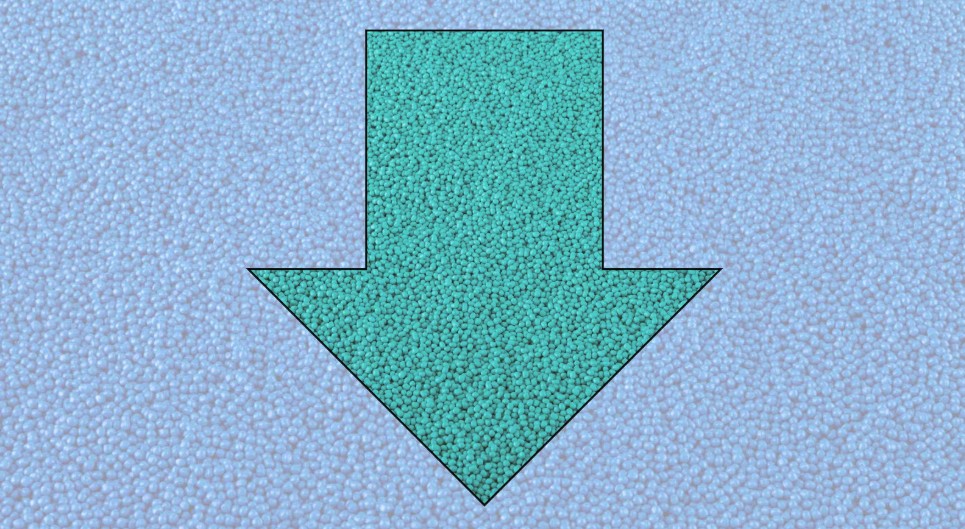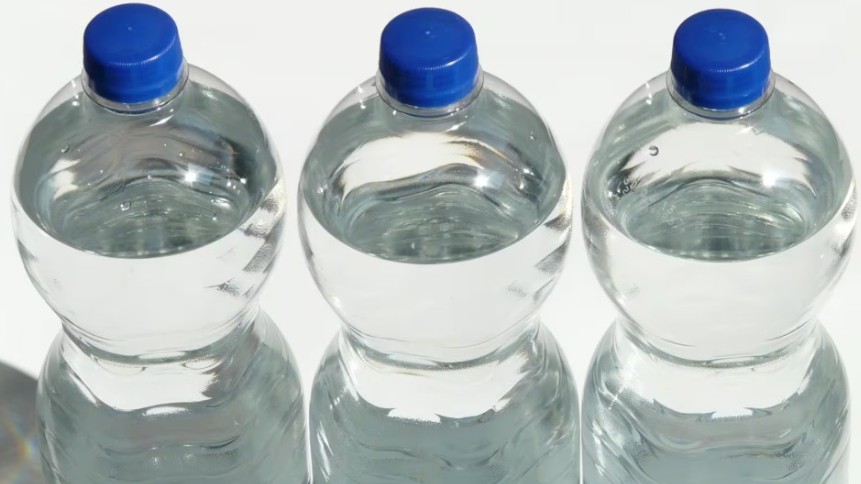Market trends
PP prices continue 2018 rocket ride, with PET also up and PS down
작성자 : Aeyoung Park
2018-06-04 |
조회 : 4024
North American prices for polypropylene resin continued their wandering ways in May, jumping 7 cents per pound after falling by that same amount in the previous two months combined.
Regional prices for PET bottle resin also ticked up an average of 2 cents per pound in May, with solid PS prices declining an average of 4 cents, according to market sources contacted recently by Plastics News.
The 7-cent upward shock for PP included 5 cents of matching price increases for polymer-grade propylene feedstock and 2 cents in profit margin improvement that was won by PP makers, according to Scott Newell, a market analyst with Resin Technology Inc. in Fort Worth, Texas.
Regional PP prices had slid a penny per pound in April and 6 cents in March. The market had started the year with a 9-cent hike in January and a 6-cent dip in February, meaning total price volatility for PP in the first five months of 2018 has been a vertigo-inducing 29 cents.
North American PP sales through April were up just over 2 percent vs. the same period in 2017, according to the American Chemistry Council. A domestic sales increase of 2.3 percent was dampened somewhat by a reduction of almost 6 percent for sales into the export market.
PP posted positive domestic sales results for those four months in film — up almost 11 percent — and injection molded caps and closures, where sales grew more than 7 percent.
North American PET bottle resin prices bumped up an average of 2 cents per pound in May after being flat in April. Prices for the material had declined by a penny in March after nine consecutive months of increases totaling 13 cents per pound.
PET market analyst Mark Kallman of RTI said that the May increase was the result of shortened supplies from the paraxylene and purified terephthalic acid feedstock stream, as well as "seasonal PET demand in an overall tight market."
Demand for PET is increasing as warmer weather drives demand for bottled water and carbonated soft drinks, two of the material's major end markets. Also in the current market, paraxylene supplies "are returning to more normal levels, and [monoethylene glycol] should start easing, so we could see some stability in the near term," Kallman added.
Solid PS prices in the region fell an average of 4 cents per pound in May after being flat in April and rising 4 cents in March. Prices for benzene feedstock also were down in both April and May, but the May PS decline "reflects general loosening in the supply chain rather than anything such as a one-to-one movement with benzene," according to Phil Karig, managing director of the Mathelin Bay Associates consulting firm in St. Louis.
North American PS sales slumped 5.5 percent in the first four months of 2018. A domestic sales loss of 6 percent was softened somewhat by an increase of more than 12 percent in export sales.
One bright spot for regional PS sales in the first four months of the year came in sales to distributors and resellers, which grew more than 10 percent. That category accounted for more than 10 percent of domestic PS sales during that period.
Plastics News this week also is showing historical corrections to reflect net price changes for expanded PS and amorphous and crystalline PET. EPS prices are being moved downward 3 cents per pound to show net price changes that have affected that material since early 2017.
Prices for APET and CPET are being increased 2 cents per pound to show net price changes that have taken effect since early 2016.
Source: Plastics News




















